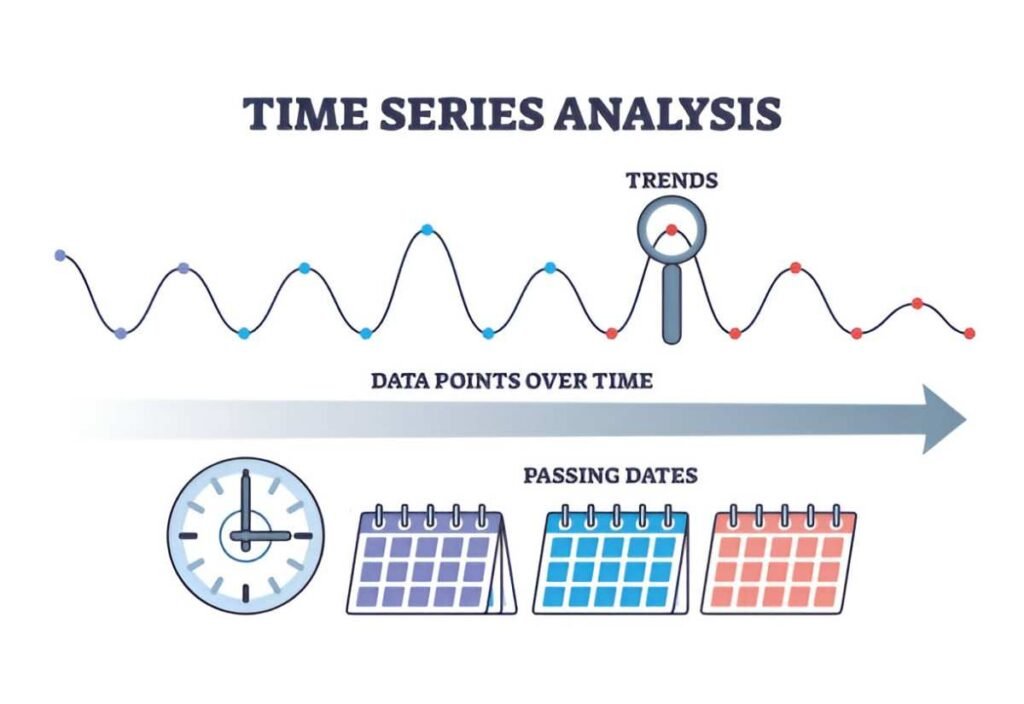Linear programming (LP) is a mathematical technique used to optimize a given objective, such as maximizing profit or minimizing cost, subject to certain constraints. It is widely used in economics, business, engineering, and other fields to make the best possible decisions in situations where resources are limited. In this article, I will guide you through the definition, application, and examples of linear programming. I’ll break down its fundamentals, walk you through real-life applications, and provide examples with detailed calculations. By the end of this article, you’ll have a solid understanding of linear programming and how to apply it effectively in various scenarios.
Table of Contents
What is Linear Programming?
Linear programming is a method used to achieve the best outcome in a mathematical model whose requirements are represented by linear relationships. It involves three main components:
- Decision Variables: These represent the choices you make to achieve the objective. For example, in a business context, these could be the number of units of different products to produce.
- Objective Function: This is the function you want to maximize or minimize, such as profit or cost.
- Constraints: These are the limitations or requirements that restrict the decision variables, such as resource availability or time constraints.
The goal of linear programming is to find the values of the decision variables that maximize or minimize the objective function while satisfying all the constraints.
The Standard Form of Linear Programming
A typical linear programming problem is presented in the following standard form:
Maximize (or Minimize):
Z = c_1 x_1 + c_2 x_2 + \dots + c_n x_nSubject to:
a_{11} x_1 + a_{12} x_2 + \dots + a_{1n} x_n \leq b_1 a_{21} x_1 + a_{22} x_2 + \dots + a_{2n} x_n \leq b_2 \vdots a_{m1} x_1 + a_{m2} x_2 + \dots + a_{mn} x_n \leq b_m x_1, x_2, \dots, x_n \geq 0Where:
- Z is the objective function (either to maximize or minimize).
- x_1, x_2, \dots, x_n are the decision variables.
- c_1, c_2, \dots, c_n are the coefficients of the decision variables in the objective function.
- a_{ij} represents the coefficients of the decision variables in the constraints.
- b_1, b_2, \dots, b_m are the constants in the constraints.
This formulation represents a system where the objective function is linear and constrained by linear inequalities. The solution to the LP problem will provide the optimal values for the decision variables that maximize or minimize the objective function.
Key Assumptions in Linear Programming
There are some critical assumptions when solving linear programming problems:
- Proportionality: The relationship between decision variables and the objective function is proportional. If you increase or decrease a decision variable, the effect on the objective function is linear.
- Certainty: All coefficients in the objective function and constraints are known with certainty and do not change over time.
- Additivity: The total value of the objective function is the sum of the individual contributions of each decision variable.
Real-Life Applications of Linear Programming
Linear programming is widely applied in various industries and sectors. Here are some common examples:
1. Manufacturing Optimization
In manufacturing, LP is used to optimize production schedules, minimize costs, and maximize profits. Consider a factory producing two products, A and B. The factory has limited resources such as labor, materials, and machine time, and it aims to maximize its profit.
Example:
A company manufactures two products: chairs and tables. Each chair requires 2 hours of labor and 3 units of wood, while each table requires 4 hours of labor and 2 units of wood. The company has a total of 100 hours of labor and 80 units of wood available. The profit for each chair is $40, and for each table, it is $30. The goal is to maximize the total profit.
Let’s define the decision variables:
- x_1 = number of chairs to produce.
- x_2 = number of tables to produce.
The objective function is:
Z = 40x_1 + 30x_2Subject to the following constraints:
- Labor constraint: 2x_1 + 4x_2 \leq 100 (hours of labor available).
- Wood constraint: 3x_1 + 2x_2 \leq 80 (units of wood available).
- Non-negativity constraint: x_1, x_2 \geq 0 (cannot produce negative quantities).
By solving this linear programming problem, we can determine how many chairs and tables to produce to maximize profit.
2. Supply Chain Optimization
Linear programming is also widely used to optimize supply chains, helping businesses minimize transportation and inventory costs while meeting demand and supply constraints. For example, a company may use LP to decide how much of a product to transport between various warehouses to minimize overall transportation costs while satisfying customer demands.
3. Diet Problem
The diet problem is a classic example of LP in the field of nutrition. Given a set of foods, each with a certain cost and nutritional value, the goal is to determine how much of each food to consume to meet dietary requirements at the lowest possible cost.
Solving Linear Programming Problems
There are several methods for solving linear programming problems. Some of the most common ones include:
1. Graphical Method
The graphical method is used for solving LP problems with two decision variables. By graphing the constraints and the objective function on a 2D plane, the feasible region can be identified, and the optimal solution can be found.
2. Simplex Method
For LP problems with more than two decision variables, the simplex method is widely used. It involves moving along the edges of the feasible region to find the optimal solution. This method is efficient and can solve large-scale LP problems.
3. Interior-Point Methods
Interior-point methods are an alternative to the simplex method. These methods focus on finding the optimal solution by traversing the interior of the feasible region, as opposed to the simplex method, which moves along the boundaries.
Example of Solving an LP Problem: Simplex Method
Let’s go back to the manufacturing example. We want to solve the following linear programming problem using the simplex method.
Maximize:
Z = 40x_1 + 30x_2Subject to:
2x_1 + 4x_2 \leq 100 3x_1 + 2x_2 \leq 80 x_1, x_2 \geq 0The first step in the simplex method is to convert the inequalities into equations by adding slack variables, s_1 and s_2 , to the constraints:
2x_1 + 4x_2 + s_1 = 100 3x_1 + 2x_2 + s_2 = 80Now, the problem is in standard form: Maximize:
Z = 40x_1 + 30x_2 + 0s_1 + 0s_2Subject to:
We then proceed to apply the simplex algorithm to find the optimal solution.
Comparison: Graphical vs. Simplex Method
| Aspect | Graphical Method | Simplex Method |
|---|---|---|
| Number of Variables | Works best with 2 decision variables | Works for problems with any number of variables |
| Solution Process | Graphically identifies the feasible region | Iteratively moves along the edges of the feasible region |
| Speed | Quick for small problems | Efficient for large-scale problems |
| Complexity | Easy to understand for simple problems | More complex but more powerful for larger problems |
Conclusion
Linear programming is a powerful tool that can help businesses, industries, and governments optimize resources and decision-making processes. By understanding its fundamentals, solving LP problems using methods like the simplex method, and applying these solutions to real-life scenarios, you can gain valuable insights into how to make the best possible decisions in resource-limited situations.





